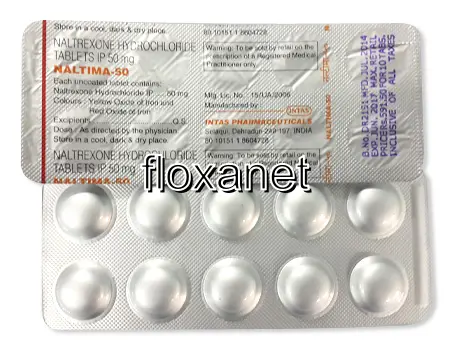Shop Naltrexone Online in Canada
| Package | Dosage | Price | Price per Dose | |
|---|---|---|---|---|
| Dosage: 50mg | ||||
| 90 pill | 50mg | CAD1,168.51 | CAD12.99 | |
| 60 pill | 50mg | CAD803.34 | CAD13.40 | |
| 30 pill | 50mg | CAD453.55 | CAD15.11 | |
| 20 pill | 50mg | CAD322.86 | CAD16.11 | |
| 10 pill | 50mg | CAD174.88 | CAD17.53 | |

Naltrexone Description
Introduction to Naltrexone
Naltrexone is a medication primarily used to help individuals overcome alcohol dependence and opioid addiction. It works by blocking the effects of opioids in the brain, reducing the craving and pleasurable feelings associated with drug use. This makes it an effective tool in addiction therapy, supporting long-term recovery efforts. Naltrexone is available in both oral and injectable forms, providing flexibility for patients and healthcare providers. Its safety profile and efficacy have made it a popular choice in addiction treatment programs worldwide.
How Naltrexone Works
The main action of naltrexone involves binding to opioid receptors in the brain, particularly the mu-opioid receptors. By doing so, it prevents opioids from attaching and producing their usual euphoric effects. This blockade reduces the reinforcement of drug-taking behavior. Additionally, naltrexone may diminish the rewarding effects of alcohol, helping to curb excessive drinking. It is not a cure for addiction but serves as a supportive medication that assists in reducing relapse and maintaining sobriety. Its ability to quickly block opioid effects makes it useful both in detoxification and maintenance therapy.
Clinical Benefits
Many users have reported positive outcomes with naltrexone. It helps curtail cravings and reduces the risk of relapse, particularly when combined with counseling or therapy. Patients often appreciate its role in stabilizing their recovery process. For alcohol dependence, naltrexone has been shown to decrease the amount of alcohol consumed and the frequency of drinking episodes. For opioid dependence, it prevents the euphoric high that drugs like heroin or prescription opioids produce, making relapse less desirable. Overall, naltrexone contributes significantly to a comprehensive addiction treatment plan.
Possible Side Effects and Precautions
While generally well-tolerated, naltrexone can cause side effects in some individuals. Common issues include nausea, headache, dizziness, and fatigue. Some patients may experience abdominal pain or insomnia. Serious adverse effects are rare but can include liver toxicity; thus, liver function monitoring is recommended during treatment. It is crucial to inform healthcare providers about any existing liver conditions or use of other medications. Patients should avoid opioid medications while taking naltrexone until their healthcare provider confirms it is safe to do so. Careful assessment and medical supervision ensure the safe and effective use of naltrexone.
Usage and Dosage
Naltrexone is typically prescribed once daily in oral form or as a monthly injectable. The dosage depends on the patient's condition, history, and response to the medication. For alcohol dependence, initial doses usually start at 50 mg per day, with adjustments as needed. For opioid dependence, the medication is often used after detoxification to prevent relapse. It is essential to follow the healthcare provider’s instructions carefully and not to alter the dose without advice. Combining naltrexone with counseling enhances the likelihood of successful recovery.
Conclusion
Naltrexone serves as a valuable tool in the management of alcohol and opioid dependence. Its ability to block pleasurable effects of these substances helps patients maintain abstinence. Although it is not a standalone cure, when integrated into a comprehensive treatment plan, it can significantly improve the chances of long-term recovery. Proper medical supervision and adherence to prescribed dosages are vital to maximize benefits and minimize potential risks. With its proven efficacy and safety profile, naltrexone remains a cornerstone in addiction therapy.
